Using a combination of capacitive touch and infrared light sensing, Apple's newly revealed touchscreen technology concept allows users to accurately convey force applied to a touch surface without bulky physical hardware, opening new dimensions in GUI navigation and interaction.
Apple's proposed invention, as described by a patent application published by the U.S. Patent and Trademark Office on Thursday, uses frustrated total internal reflection in conjunction with other touch sensing technology to determine how hard a user is pressing on a device screen.
Perhaps the most well known implementation of FTIR is Microsoft's Perceptive Pixel touch displays made popular by television news networks and other public applications. Apple's solution builds on existing systems by affording granular data as to the amount of force being applied by the user.
In one embodiment, Apple's system deploys one or more IR transmitters beneath the bezels of a touchscreen to emit IR light into the cover glass at a specific angle. These angles may be selected so that 100 percent of emitted light is reflected between the top and bottom surfaces of a cover glass and ambient air or a finger.
After traveling within the cover glass, the emitted IR light hits a receiver that calculates amount of total internal reflection. Depending on whether the light interfaced with ambient air or a user's finger substantially touching the cover glass, the readings will be different.
Unlike other systems, Apple's invention does not require an exact transmission limit as long as a difference in internal reflection can be distinguished. Further, no particular requirement of internal reflection exists as long as the touch interface can distinguish the presence of a user's finger.
Importantly, measurement of attenuated reflection are used to determine whether infrared light reflected from a surface of a cover glass is absorbed by a finger or reflected by a glass-ambient air interface. In this way, the system is able to measure temporal touches that are then used to infer force.
Other embodiments include IR transmission that moves through vias or passageways beneath the top glass. Alternatively, instead of IR transmitters, Apple proposes the use of OLED layers that can output a "fourth color" in an infrared wavelength. Alternative embodiments include FTIR measurement via ultrasonic and other acoustic signals.
Capacitive touch input components, such as those seen in current iOS devices, can help determine positioning of multiple fingers. This aids the FTIR system by discovering "shadowing" of two or more fingers that could result in erroneous attenuation readings.
Finally, data from both the FTIR and capacitive touchscreen are combined to give an accurate reading of force applied to a device screen. Force values from attenuated reflection are compared against a baseline reading to determine how hard a user is pressing on the display. In addition to force, the system can also help the touch I/O device determine smudges or inadvertent wetting.
It is unclear if Apple intends to use the above FTIR technology in a future iOS device, but the addition of a force-sensing element would open new levels of interaction beyond existing static gestures like "tap" and "hold."
Apple's force-sensing patent application was first filed for in 2012 and credits Martin P. Grunthaner, Peter W. Richards, Romain A. Teil and Steven P. Hotelling as its inventors.
 Mikey Campbell
Mikey Campbell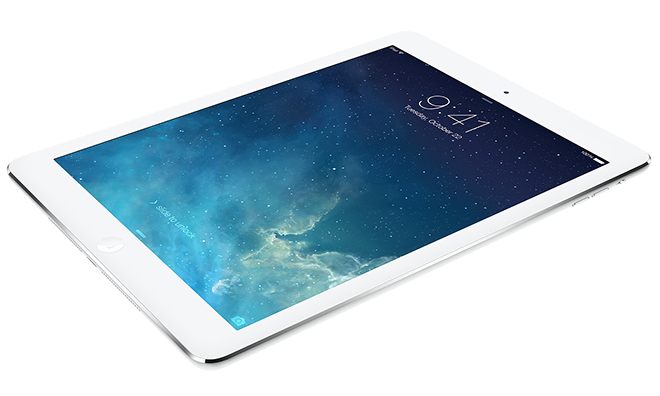
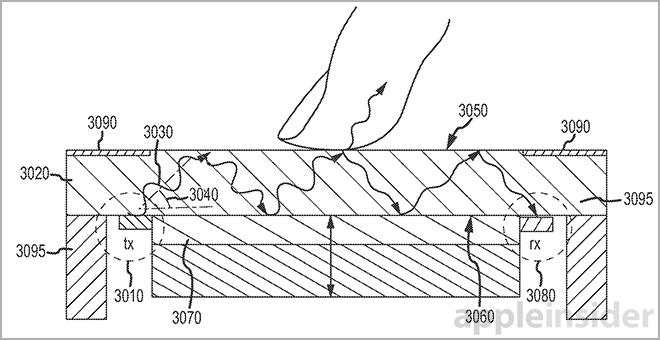
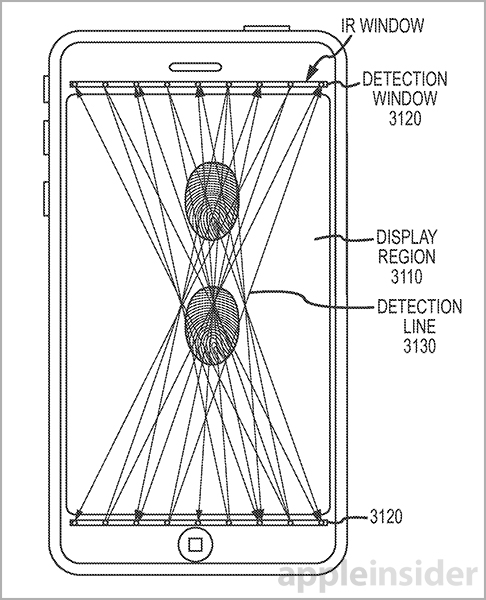
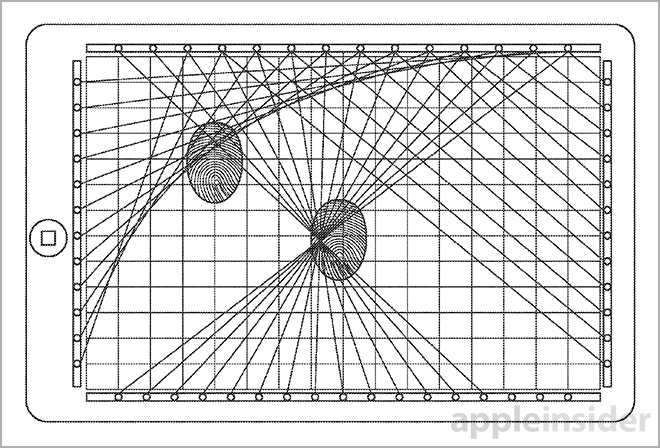


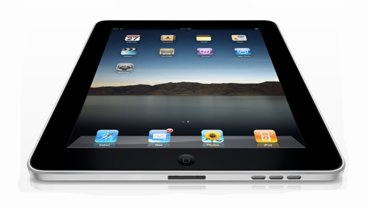




-m.jpg)





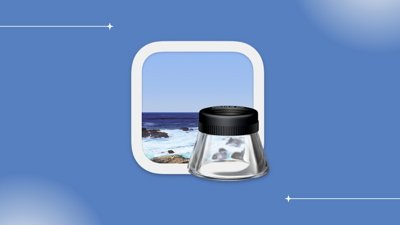
 Andrew Orr
Andrew Orr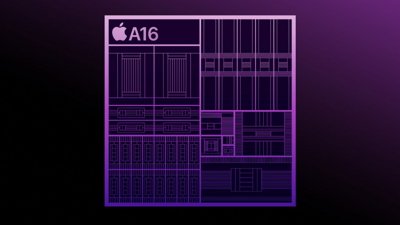
 Wesley Hilliard
Wesley Hilliard
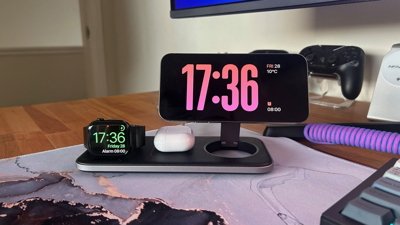
 Oliver Haslam
Oliver Haslam
 Christine McKee
Christine McKee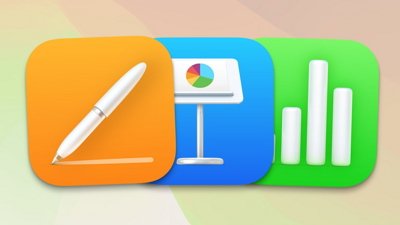
 Amber Neely
Amber Neely










23 Comments
... and just like that, another big one in the repertoire. Keep an eye on Samsung.
"In this way, the system is able to measure"... Is this a fill in the blank moment? ???? Heading over to Patently Apple to get more information.
Maybe an expert can clarify this, but how does one reconcile the following two statements in the patent application?
"
... and just like that, another big one in the repertoire.
Keep an eye on Samsung.
They may mention something similar to Design Crisis : Ideas Crisis. :)
[quote name="leavingthebigG" url="/t/177233/apple-new-touchscreen-tech-would-use-ir-light-to-discern-hard-presses-from-soft#post_2509315"]"In this way, the system is able to measure"... Is this a fill in the blank moment? ???? Heading over to Patently Apple to get more information.[/quote] From the description it is really making a time-resolved measurement of contact location and area, from which it will infer relative contact force. Nothing in that technique would permit absolute force measurements.